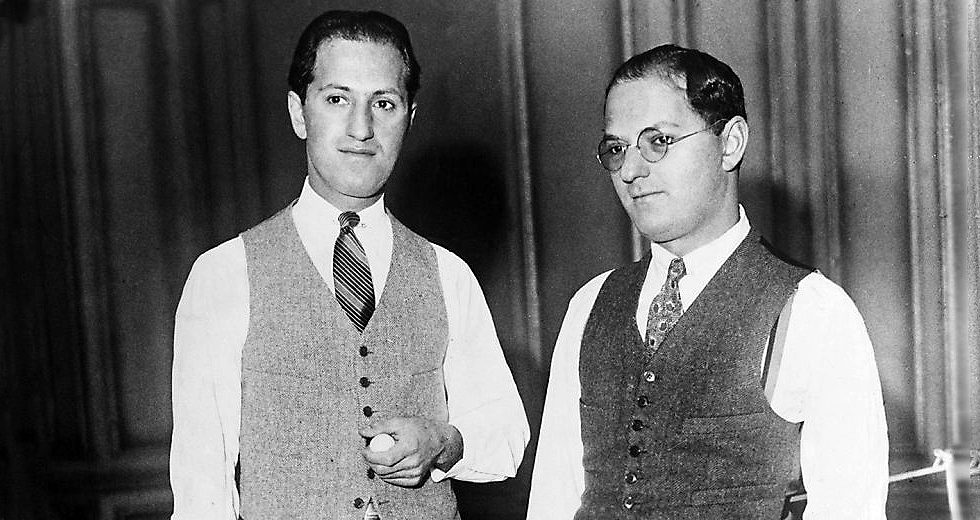
It was the American Century, and Gershwin songs were a large part of the accompanying soundtrack: “It Ain’t Necessarily So,” “I Got Rhythm,” “I Can’t Get Started,” “Someone to Watch Over Me,” “Love Is Here to Stay” — and that’s just a few of them. In their 1998 book The Century, broadcasters Peter Jennings and Todd Brewster summed up the Gershwins’ impact on American society: “When we think about this time, it is a recording of Gershwin that we are likely to play in our mind’s ear, the soaring clarinet of Rhapsody in Blue, the romantic lyrics of ‘The Man I Love.’ ”
Working together, the Gershwins dominated the American musical landscape, furnishing music for 12 shows and four films. It was a unique collaboration. As Ira pointed out, “Given a fondness for music, a feeling for rhyme, a sense of whimsy and humor, an eye for the balanced sentence, an ear for the current phrase, and the ability to imagine a performer trying to put over the number in progress — given all this, I would say it takes for or five years collaborating with knowledgeable composers to become a well-rounded lyricist.”
If nothing else, brother George was a knowledgeable composer, and Ira was a well-rounded lyricist; in fact, his fellow laborers in the vineyard of American song called Ira “The Jeweler” because of his precision in matching words and even vowels to the musical line. (The Ravinia Festival presents a program Aug. 13 celebrating the lyrics of Ira Gershwin, with the Chicago Symphony Orchestra, conducted by Emil de Cou, and featuring host-pianist Kevin Cole and vocalists Sylvia McNair, Ryan VanDenBoom and Leslie Kritzer.)
Young George Gershwin became fluent in the sounds of America by simply living in a city that was full of those sounds, a hearty stew of jazz, klezmer and the music of half a dozen European countries. His brother Ira was no different, except he dealt in words. In the beginning, Ira strove constantly to fit the spoken American language into fixed poetic rhythms. Above all else, light verse must sound light and appear to come from the poet’s pen without effort; Ira’s early poems, however, were filled with awkward inversions where he did his best to avoid the clash between meter and language.
For Ira, the ease and lightness, the sound of effortless creation, came when he turned from poetry to song. Following the musical notes and melodic contours gave his words an ease and naturalness that they lacked when he tried to conform to a regular poetic meter. He now could play with the short and long syllables of American speech. “Lyrics,” he frequently pointed out, “should sound like rhymed conversation.”
In 1925, Ira told the New York Tribune, “It all comes down to this: in the old days, they would write their lyrics first and then get musical settings, whereas today, the worry of songwriters is the melody of the song. The song is the important thing, the combination of words and music, rather than the words and music as separate entities. The reason that some of our songwriters are unsuccessful is that they regard the lyrics the same way [librettist W.S.] Gilbert did, they don’t strive for union of the composer and lyricist. They are not willing to sacrifice themselves to the demands or limitation of the tune, the movement and syncopation.”
This is an excerpt of an article published in the Ravinia magazine; to read the complete version, click here.
TOP: The Gershwin brothers, George (left) and Ira. | Photo: Library of Congress